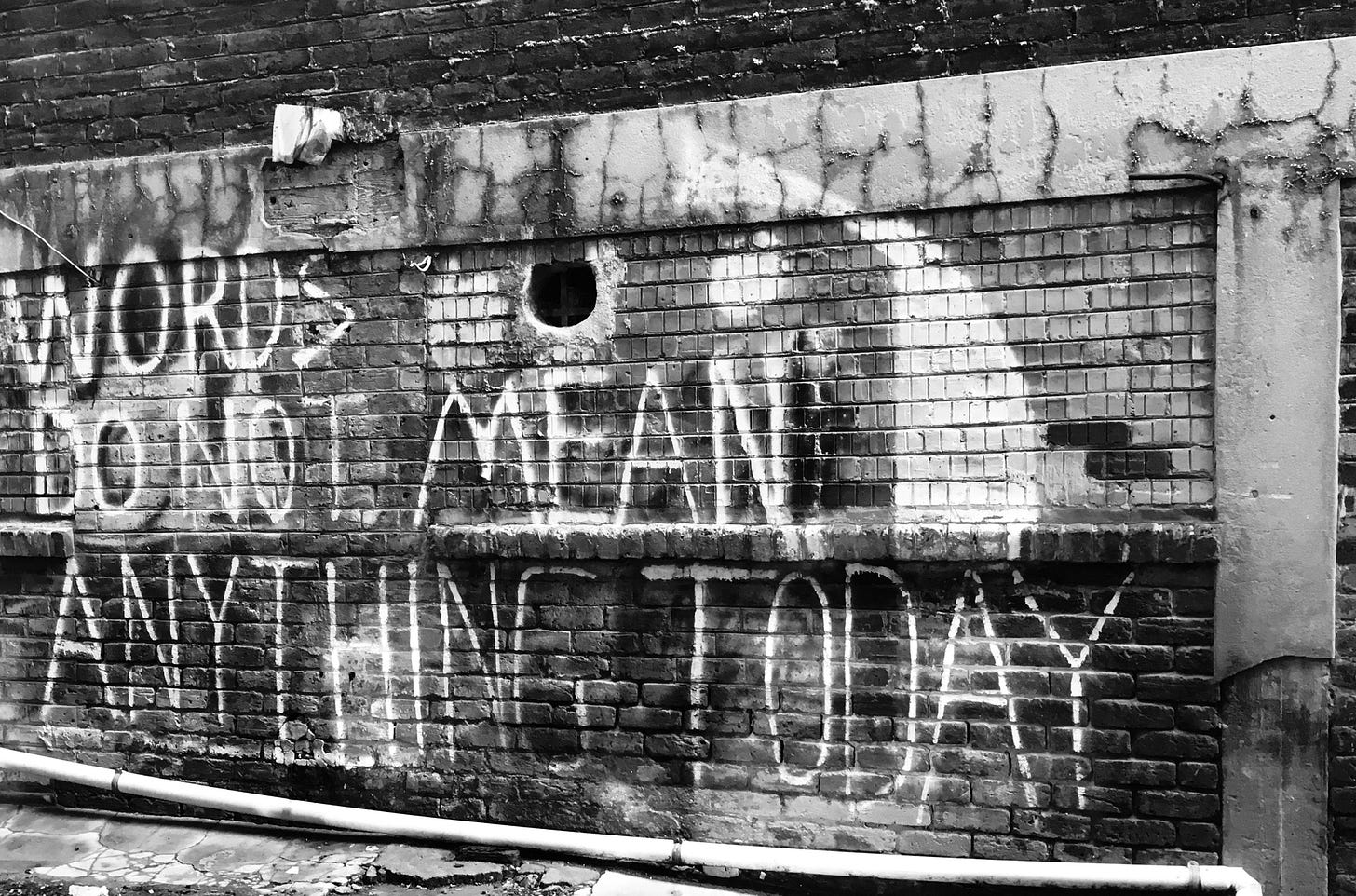🧵Thursday Thread: Writing Truer Truths
What exactly is "truth" in creative writing, and how do you pin it to the page?
Hi, friends. Last Thursday’s thread on dreams blew my mind—if ever there has been a spell, we’re casting one.
As I said then, when we speak out loud, it helps makes things real. I guess that’s why I was flattened by the email I received Tuesday from a senior court clerk containing the hard, ugly facts of my stepfather’s criminal actions, ones I’ve only ever written about from memory. Did the court record make my lived experience more true? It made it safer for me to publish, but was what I lived through true enough?
Wendell Berry says our job as writers is to “make language capable of telling the truth again.” That’s what I am trying to do. I tried to convey emotional truth of a child’s suffering, and to animate that on the page. Georgia O’Keeffe tried to convey the truth of flowers instead of the idea of flowers. She said, “Still — in a way — nobody sees a flower — really — it is so small — we haven’t time — and to see takes time, like to have a friend takes time… I will make even busy New-Yorkers take time to see what I see of flowers.” Of The Things They Carried, Tim O’Brien says his fictionalized stories are truer than actual truth because they bring the experience of Vietnam to life in a way that a straight retelling of the facts never could.
Tell me, friends, what truth it is that you wish to animate on the page—not facts, but truth: beautiful truth, harrowing truth, complicated truth, lovely truth? Whether your truth is a flower or a war (hint: both are nearly impossible!) what strategies can or do you use to animate that truth? Let’s brainstorm together on how to make words mean what they say, and make language capable of telling the truth again.
I’ll be hanging out on this thread (and in Story Challenge!) most of today.
Remember, abracadabra: I create like the word.





